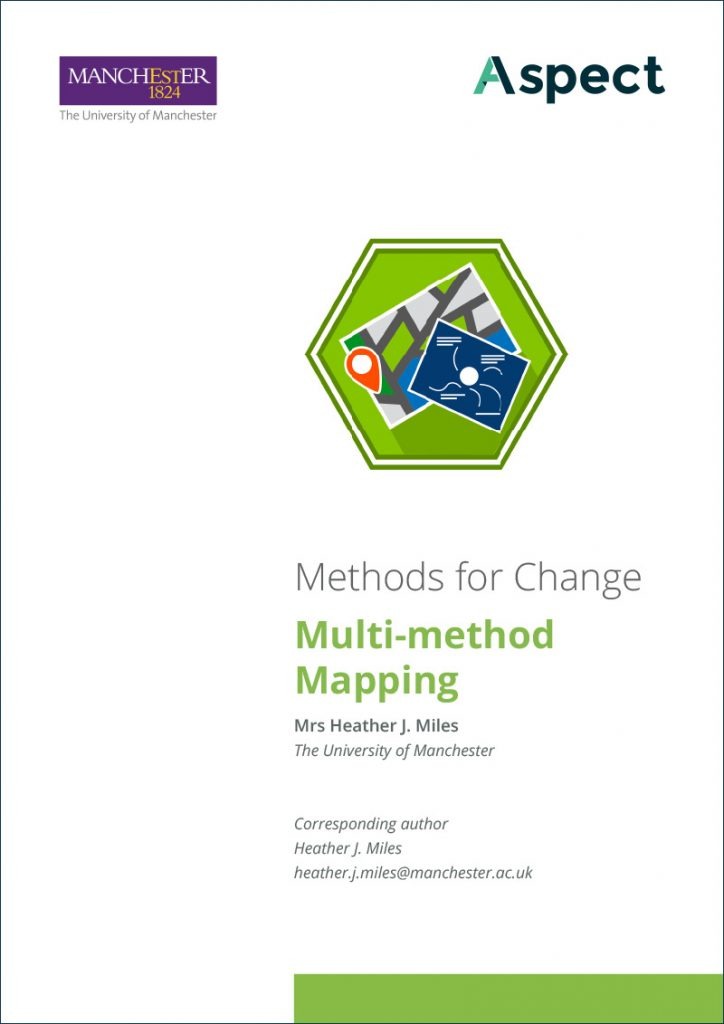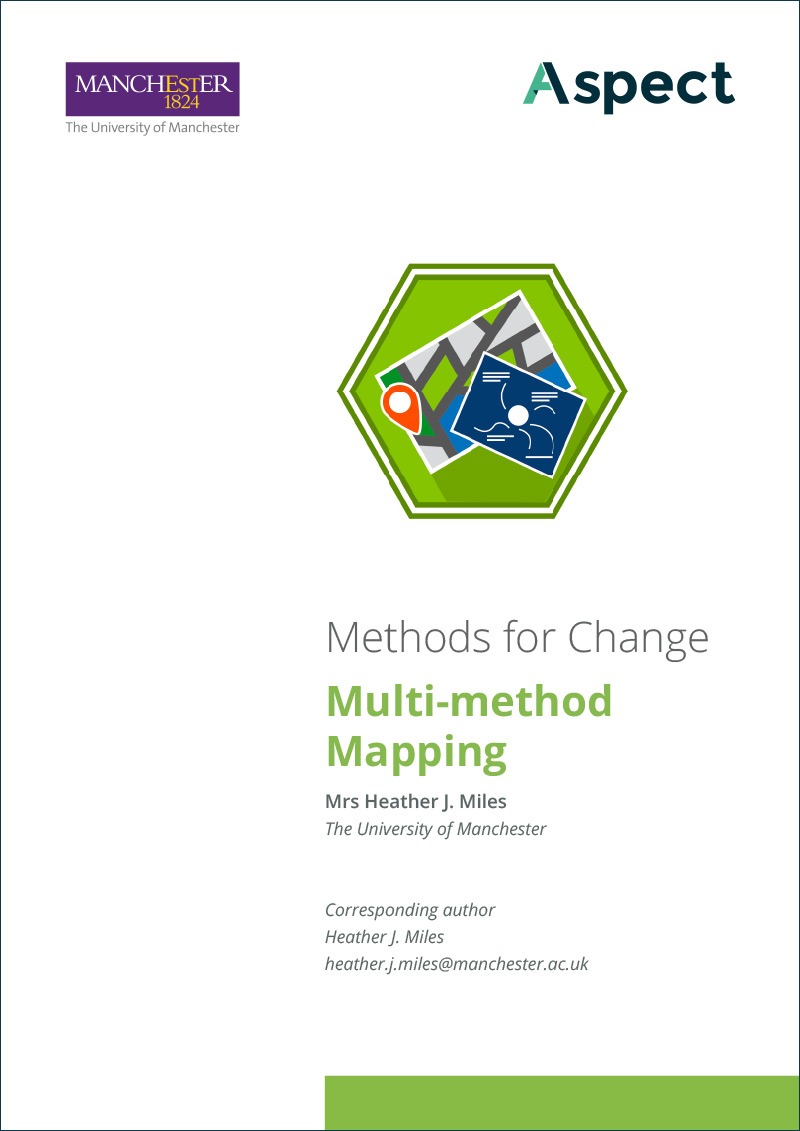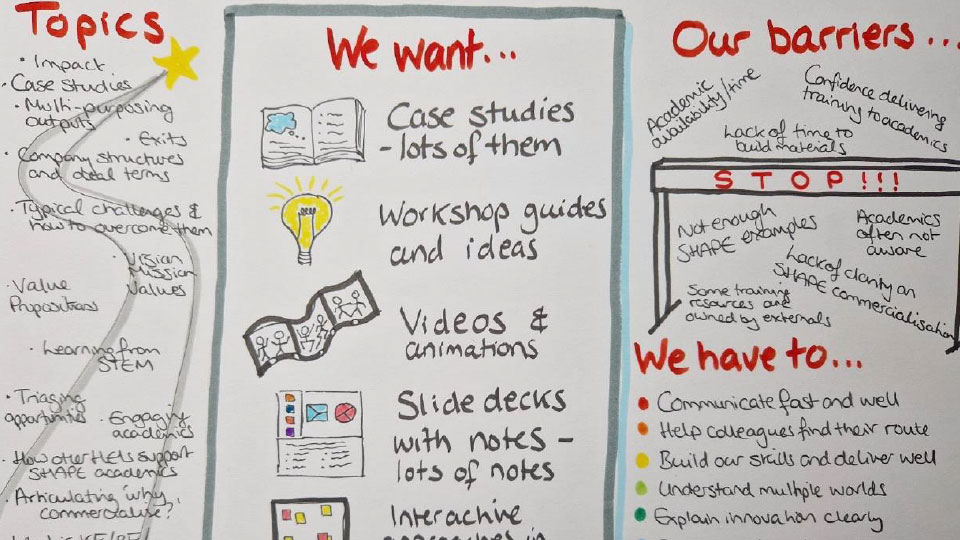Maps link people’s experiences, or environmental and social processes, to place and space. Multi-method Mapping reflects common research methods but adapts them so that they are especially suited to research on place and space.
The approach can be used by researchers, practitioners and community members from any background, whether they prefer quantitative, qualitative or arts-based methods, for example. Multi- method Mapping is a methodology with a wide-ranging, flexible understanding of mapping. There are many different ways that people either create maps or use maps, in addition to the plotting of points and lines, or geospatial analysis. The maps that are created or used can show any features, data or experience, and take any format, for example from digital maps in GIS to art installations that question cartographic processes. Importantly, mapping activities do not need to result in a map! Mapping here might, for instance, entail the use of existing maps as a prompt for discussion or storytelling. When using qualitative methods in Multi-method Mapping, the aim might not necessarily be to present qualitative data in maps but to generate data in the form of recorded narrative during map-making or use.
In this method, mapping is conceptualised in terms of five broad practices, and within and across these a multitude of mapping activities are possible, depending on the skills, interests and resources of project members. These five mapping practices are georeferenced, words-focused, creative, sensory and visceral. Mapping activities can be used individually to facilitate place-based or spatial research, or they may be used in mixed methods, interdisciplinary or transdisciplinary research in which different types of researchers and knowledge-holders are collaborating. In mixed methods and inter- and transdisciplinary research, mapping activities are likely to need to reflect mapping from more than one of the five practices.





